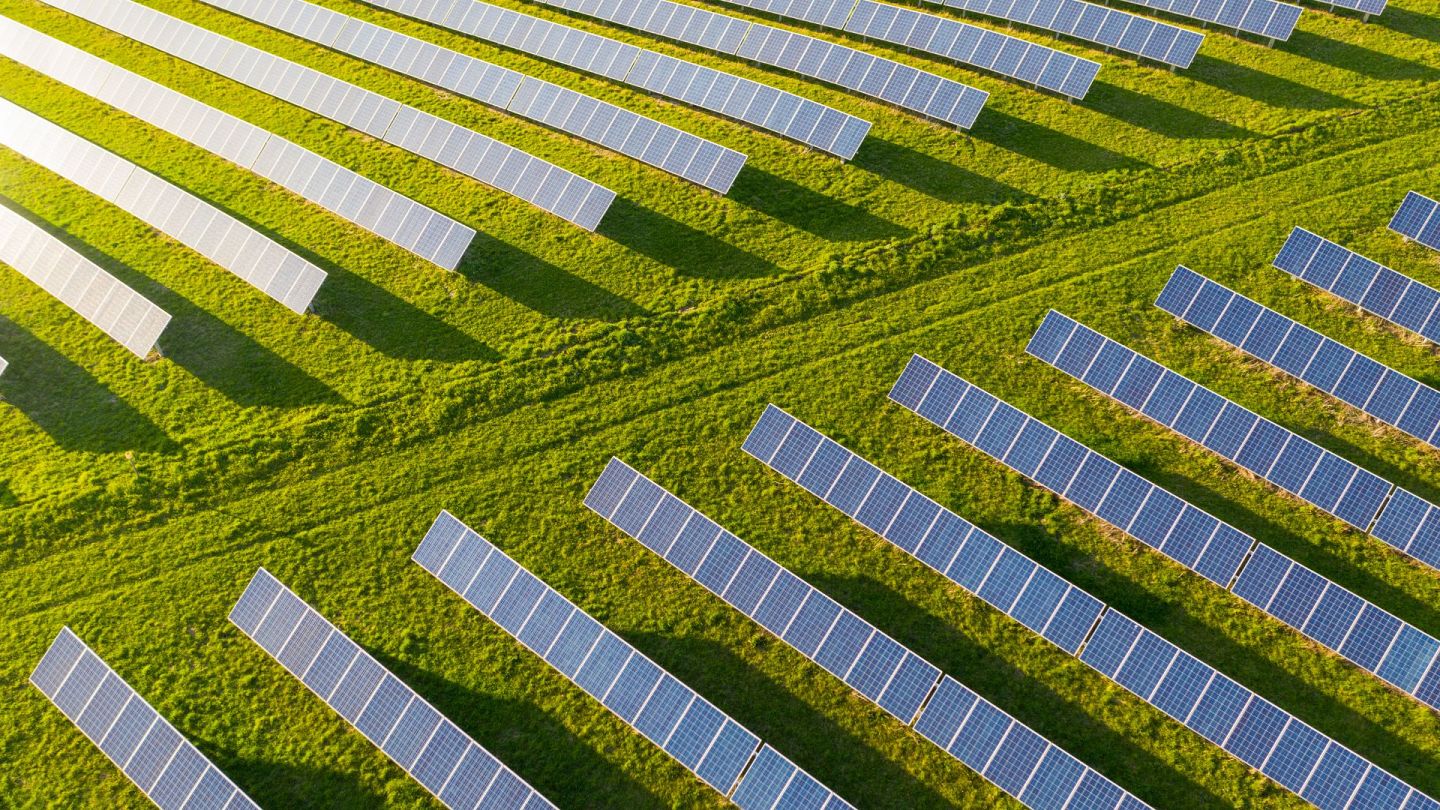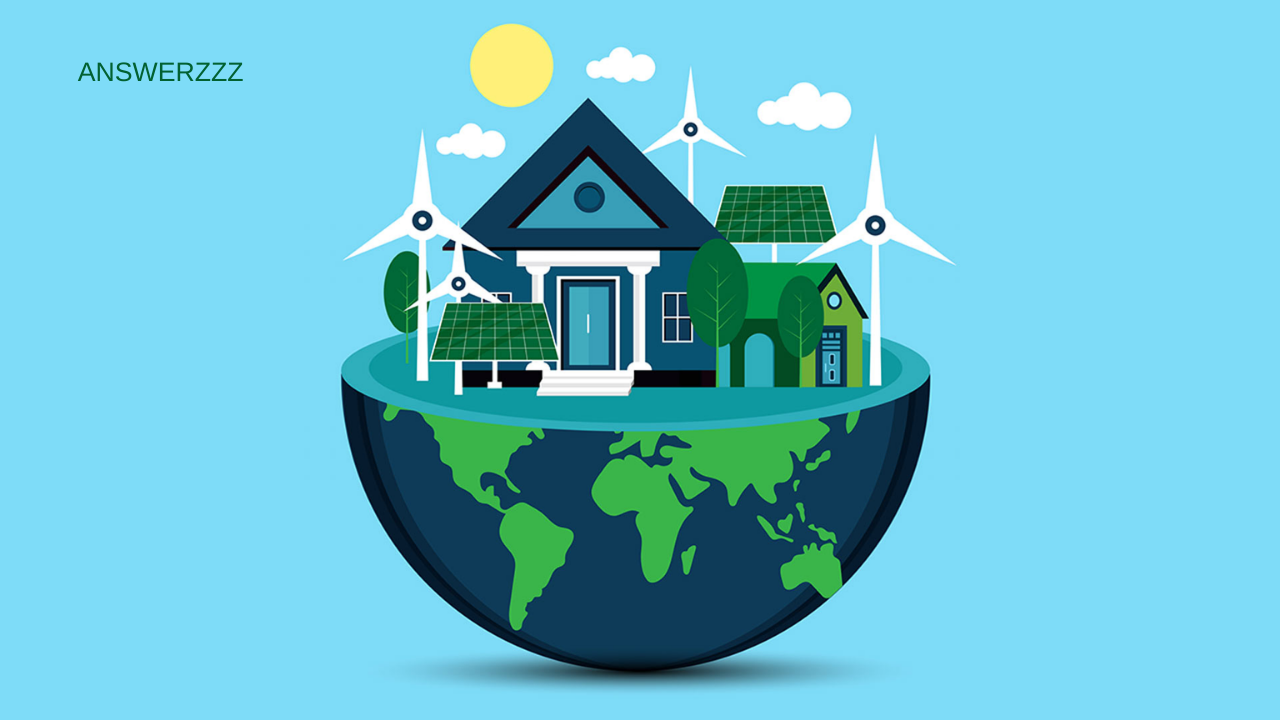As the world continues to grapple with the effects of climate change, the importance of renewable energy solutions has never been more critical. In 2025, innovation in green energy technologies is expected to reach new heights, further transforming the global energy landscape. This article explores the best green energy solutions of 2025, focusing on advancements across solar, wind, battery storage, geothermal, and hydrogen energy sectors. These innovations offer promising pathways to a more sustainable, cleaner, and greener future.
The Importance of Green Energy in 2025

The transition to green energy is essential to reduce reliance on fossil fuels and mitigate the impact of global warming. With the urgent need to address carbon emissions, many countries and industries are investing heavily in renewable energy infrastructure. By 2025, renewable energy is projected to make up a significant portion of the world’s energy consumption, driven by technological advancements, improved efficiency, and supportive policy frameworks. The developments in green energy in 2025 are expected to offer even more affordable, reliable, and scalable solutions, playing a key role in achieving global climate targets.
1. Solar Energy: A New Era of Efficiency
In 2025, solar energy is expected to continue its dominance as one of the leading sources of renewable power. With decreasing costs and increasing efficiency, solar technologies are reaching new milestones. Here are the most notable solar innovations of 2025:
Perovskite Solar Cells
Perovskite solar cells, which use a unique crystal structure to absorb sunlight more efficiently than traditional silicon-based cells, have made tremendous strides in 2025. These cells are lighter, cheaper to produce, and easier to manufacture at scale. As a result, they could drive down solar panel costs, making solar energy more accessible for both residential and industrial applications. Moreover, perovskite cells offer flexibility in design, allowing for integration into unconventional surfaces, such as windows and curved rooftops, further expanding the potential applications of solar technology.
Bifacial Solar Panels
Bifacial solar panels, which capture sunlight on both the front and back sides of the panel, are also gaining traction in 2025. These panels can generate up to 30% more energy than traditional single-sided panels, depending on their installation and environment. By using the reflected light from surrounding surfaces, such as rooftops or the ground, bifacial panels are increasing the overall energy yield of solar installations. This technology is especially beneficial for large-scale solar farms and installations in areas with high albedo (light-reflecting surfaces), such as deserts or snowy regions.
Solar Skins and Building-Integrated Photovoltaics (BIPV)
Another innovation poised to reshape solar energy in 2025 is solar skins and building-integrated photovoltaics (BIPV). Solar skins are thin, flexible photovoltaic sheets that can be applied directly to a building’s surface, maintaining the aesthetics of the structure while generating electricity. This is particularly appealing in urban settings, where traditional solar panels may be deemed unsightly. Similarly, BIPV allows for seamless integration of solar cells into building materials, such as roofs, walls, and windows, transforming entire buildings into solar energy generators. These technologies allow for the widespread adoption of solar power without compromising architectural designs.
2. Wind Energy: Harnessing the Power of the Air
Wind energy continues to evolve in 2025, with innovations in turbine technology and offshore wind farms. Wind power is becoming more efficient, cost-effective, and widespread as advancements are made in turbine design, energy storage, and transmission systems.
Floating Offshore Wind Turbines
Offshore wind energy has long been a potential game-changer due to the stronger and more consistent winds found at sea. However, deep-water locations posed a challenge for traditional fixed-bottom turbines. Floating wind turbines, now a reality in 2025, are anchored to the seabed using floating platforms. These turbines can be deployed in deeper waters, where wind speeds are optimal, and they offer the possibility of creating massive offshore wind farms that are far from shore, minimizing visual and noise impacts. Floating wind technology is expected to unlock vast new areas for offshore wind energy production.
High-Efficiency Blades and Vertical Axis Turbines
Wind turbine blades are getting longer, lighter, and more efficient in 2025. New composite materials and design innovations allow turbines to capture more wind energy at lower wind speeds. This improves their performance in a variety of environments, from urban areas to remote rural regions. Additionally, vertical-axis turbines, which have a different orientation from traditional horizontal-axis turbines, are becoming more common in small-scale, distributed energy applications. These turbines are particularly suited for urban environments where space is limited, as their design is less dependent on wind direction.
3. Energy Storage: The Key to a Sustainable Future

As renewable energy sources like solar and wind power are intermittent, energy storage technologies are crucial for ensuring a reliable energy supply. In 2025, advancements in battery storage and other energy storage systems are enhancing grid stability and energy accessibility.
Solid-State Batteries
Solid-state batteries, which use solid electrolytes instead of the liquid electrolytes found in conventional lithium-ion batteries, are expected to revolutionize energy storage by 2025. These batteries offer greater energy density, faster charging times, and enhanced safety, making them ideal for large-scale energy storage applications, such as grid storage. Solid-state batteries have the potential to store more energy in less space, making them an efficient solution for both electric vehicles (EVs) and grid-scale storage, helping to smooth out the fluctuations of renewable energy generation.
Long-Duration Energy Storage (LDES)
Long-duration energy storage (LDES) technologies, such as pumped hydro storage, compressed air energy storage, and flow batteries, are becoming increasingly important for balancing the intermittent nature of renewable energy. These systems are capable of storing energy for longer periods (from hours to days) compared to conventional battery systems, making them crucial for stabilizing grids during periods of low renewable energy generation. In 2025, LDES technologies are expected to scale up, helping to provide reliable power even when the sun isn’t shining or the wind isn’t blowing.
Hydrogen Energy Storage
Hydrogen energy storage is another innovation gaining momentum. In 2025, hydrogen fuel cells and hydrogen storage systems are poised to play an essential role in energy storage and transportation. By converting excess renewable energy into hydrogen, which can be stored and later used for power generation, hydrogen offers a promising solution to address seasonal energy storage needs. Green hydrogen, produced using renewable electricity, is expected to become more affordable, creating new opportunities for decarbonizing industries such as heavy transport, manufacturing, and heating.
4. Geothermal Energy: Unlocking the Earth’s Heat
Top 10 Startups of 2025: Innovative Companies Changing the Game
Geothermal energy is a reliable and largely untapped resource that is expected to play a larger role in the green energy mix by 2025. Innovations in geothermal technology are making it easier to harness the Earth’s natural heat for both electricity generation and direct heating applications.
Enhanced Geothermal Systems (EGS)
Enhanced Geothermal Systems (EGS) represent a breakthrough in geothermal energy. Unlike traditional geothermal power plants that rely on naturally occurring reservoirs of hot water and steam, EGS technology enables the creation of geothermal energy from dry, hot rock formations by fracturing the rock and circulating water through it. This makes geothermal energy accessible in regions that were previously unsuitable for conventional geothermal power plants. By 2025, EGS technology is expected to become more widespread, providing a reliable source of baseload power that complements intermittent renewable energy sources.
Geothermal Heat Pumps
Geothermal heat pumps (GHPs) are gaining popularity in residential and commercial heating and cooling applications. These systems use the constant temperature of the Earth’s shallow layers to heat and cool buildings efficiently. By 2025, GHPs are expected to be more affordable and widely adopted, offering an eco-friendly alternative to traditional HVAC systems. These systems can be integrated into new buildings or retrofitted into existing ones, contributing to reducing the carbon footprint of heating and cooling.
5. Hydrogen Energy: The Future of Clean Power
Hydrogen is expected to play a pivotal role in the global energy transition by 2025. As a clean fuel that produces only water vapour when burned, hydrogen has the potential to decarbonize many sectors, including transportation, industrial processes, and power generation.
Green Hydrogen Production
Green hydrogen, produced using renewable energy sources like wind and solar power through the process of electrolysis, is one of the most exciting developments in clean energy. In 2025, green hydrogen is expected to become more affordable and scalable, making it a viable alternative to fossil fuels in various sectors. Hydrogen can be used for long-distance transportation, as fuel for industrial processes, and in power plants to provide backup energy when renewable sources are not generating enough power.
Hydrogen-Powered Vehicles
In addition to its use in power generation, hydrogen is increasingly being used in transportation, particularly in heavy-duty vehicles like trucks, buses, and trains. By 2025, hydrogen-powered vehicles are expected to be more efficient and widely available, offering a zero-emissions alternative to gasoline and diesel-powered transportation.
A Greener Future on the Horizon
The green energy solutions of 2025 hold incredible promise for creating a sustainable and low-carbon future. With advancements in solar, wind, energy storage, geothermal, and hydrogen energy technologies, the world is poised to transition toward a more resilient and eco-friendly energy grid. As these technologies continue to improve, they will drive down costs, increase efficiency, and expand the adoption of renewable energy across all sectors of society. The innovations of 2025 represent a critical step forward in the global effort to combat climate change and build a cleaner, greener, and more sustainable future for generations to come.




